Books that
Grow
With You
More than 1000000 Books Delivered
More than 1000000 Books Delivered
Much like Shumdi and Arik, you can also take turns making animal sounds, and having your family guess which animal you were trying to mimic. You can also add the sounds made by objects, and try to mimic the sounds of rain, wind, or any mode of transportation. You can record the sounds you make too, listen to them one at a time, and try to guess which of your family members made it.
Many books for toddlers have a recurring phrase that helps them follow the storyline and play a part in the reading. To emphasize the recurring phrase while reading this book, you can use a special voice, add a hand gesture, or change your reading pace. When the familiar phrase comes up, your toddlers will be delighted to join you.
Ora Ayal [1946-2011] was a children’s writer and illustrator. She illustrated over 70 books, among them Miriam Roth’s well-known books, as well as writing some herself, such as A Girl Alone and One Dark Night.
Try to come up with your very own family tune – each of you can contribute a sound to your shared melody. You can then repeat it over and over again, faster or slower, louder or quieter. Great fun is guaranteed!
Email: [email protected]
Phone: 03-5758161
Fax: 03-6417580
Keren Grinspoon Israel, Ltd.
10 Bezalel St., Ramat Gan 5252110
® All rights reserved to Keren Grinspoon Israel – Public Benefit Company
Programming: tq.soft | Design: Michael Golan | Accessibility: web-a

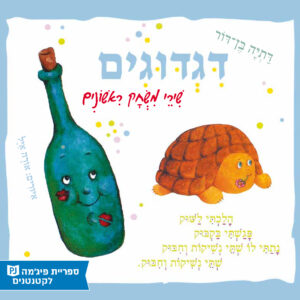 Tickles
Tickles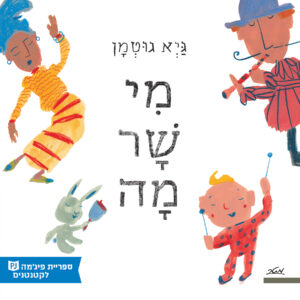 Who Sings What
Who Sings What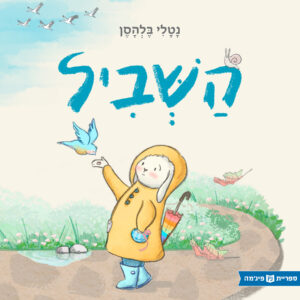 The Path
The Path A Perfectly Messed-Up Story
A Perfectly Messed-Up Story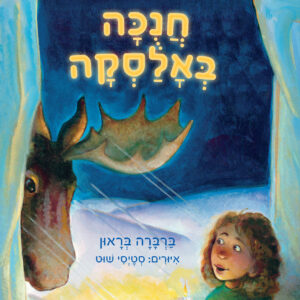 Hanukkah in Alaska
Hanukkah in Alaska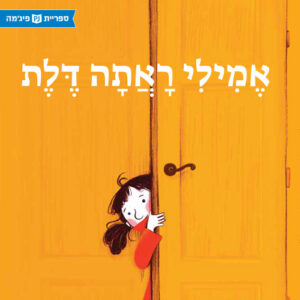 Emily Saw a Door
Emily Saw a Door